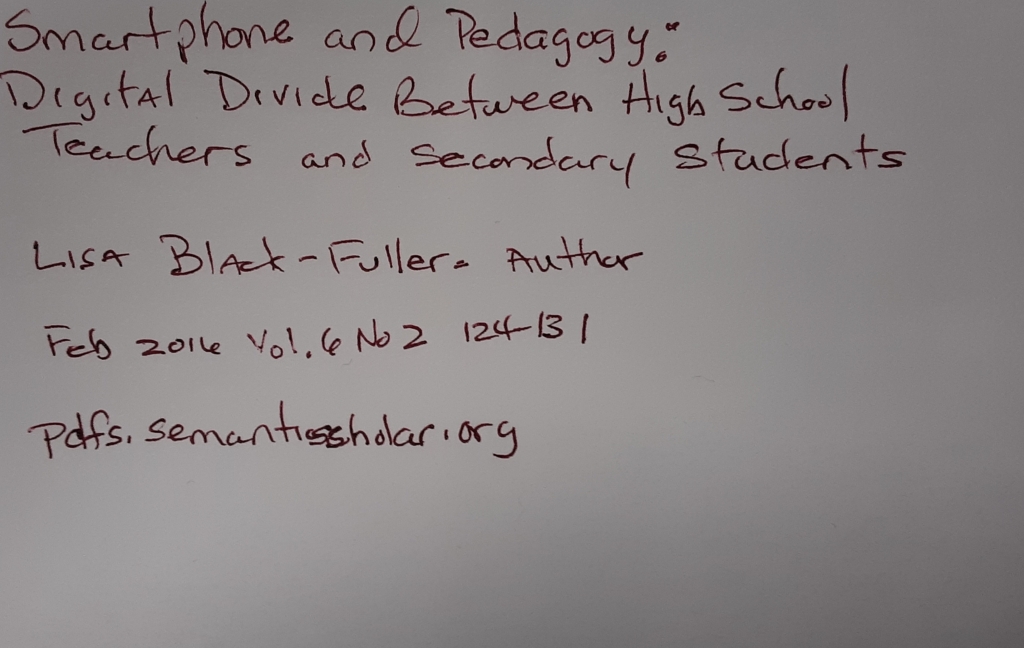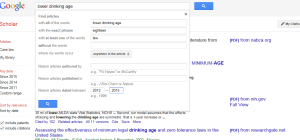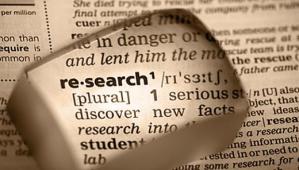
When writing a research paper, the research process can be overwhelming and time consuming. Many writers often find themselves sucked into hour after hour of futile searching. Answering a few key questions in the beginning and creating a solid research plan will help focus your mission and guide you through the process efficiently.
Understand Assignment Guidelines
Forget starting research before you know two things: one — what are your guidelines? and two — what topic will fit those guidelines and requirements?
For instance, a topic such as the benefits of smartphone use for high school students, probably isn’t going to be found in peer-reviewed journals. If incorporating peer-reviewed or academic journal sources is a requirement of your assignment, then pick a topic accordingly. How?
Many topics based in the sciences, for instance, genetically modified food, endangered species, green energy, or organ transplantation, will likely have research in peer-reviewed or academic journals, as well as books and respected websites. Some topics that are considered current event issues will often be written about only in newspapers, magazines, or online. Your instructor may have strict guidelines that prohibit the use of these types of sources. Before you get too far into the research process, make certain your topic will work for the type of research your assignment requires. If peer-reviewed or academic research is required, debating the merits of a smartphone use or the pros and cons of a college playoff system might not work.
Finding Quality Research
Think quality over quantity. If your assignment requires 8 sources, citing 16 isn’t going to double your chances of a better grade. Using too many sources often sends up a red flag that you’ve relied too heavily on source material and not your own ideas. Quality sources — books, peer-reviewed journals, scholarly articles, library databases, and some websites — are usually written and reviewed by experts in the field. Some instructors allow “.edu” or “.gov,” websites, but beware that even some “.org” websites can be misrepresentative.
Wikipedia is an often-cited source — but most likely not allowed for an academic writing assignment. Most instructors oppose its use as a source. In addition, using a dictionary or encyclopedia definition isn’t considered “research” so avoid using definitions in place of research.
The best way to locate quality research comes from other quality research. If you’ve found one good source, look at that source’s citation page at the end of the article. Who has your source referenced? These are often the best sources for your topic.
While you might not be able to use Wiki sources in your paper, it’s often not a bad starting point to find other research. Wikipedia’s reference pages are often quite long and a good place to find further research. The search “Smartphones in School” in Wikipedia had 40 reference sources at the end of the page.
Keywords are King
When searching library databases such as EBSCO or ERIC, vary your search terms. Avoid using the same keyword, for instance, simply the one or two word topic, as you’ll usually get poor results. Database searches are all about keywords, and your best results come from careful consideration of search terms.
Searching keywords related to your topic, however, will most likely return results that are too broad — and too many. Try to focus in on the main points you want to make. Instead of “Smartphone Use in High School” try searching one main point, such as “Phone Apps used in Education.” Instead of “global warming” try “declining ice sheets” or “atmospheric carbon dioxide.”
Organizing Research
As you spend time sifting through research, it’s essential to keep careful records. You’ll save valuable time if you stay organized and maintain careful records so you don’t have to go back and try to find where all your sources came from. Keep research note cards, photocopy materials, or keep a detailed research journal.

Figure 1: Simple Research Notecard
It’s easy to use index cards for research. Simply jot down the identifying information, such as the article title, author, source, URL if web-based, and don’t forget to make a note of how you plan to use it.
Final Thoughts
Start early and schedule ample time for collecting research. This is often the most time consuming part of the essay process, but it’s also the most crucial, and will set you on course for a research paper you can be proud of.
Once you’ve selected the best source material, it’s important that you understand the research and incorporate the information effectively. Avoid simply gathering data to dump in between paragraphs. You must incorporate the research, connect it to your main points, and contextualize the information.









